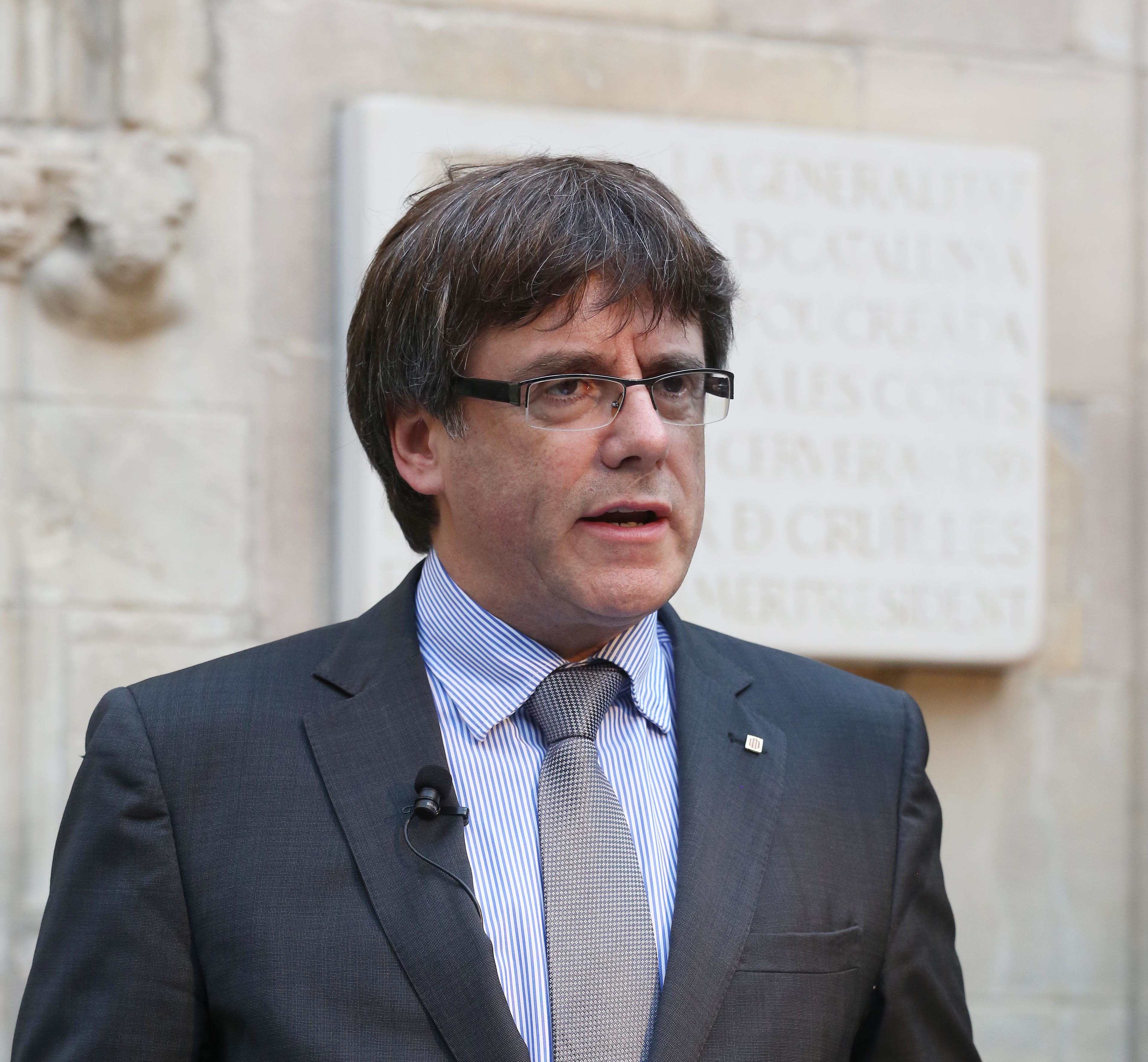Referendum day: How did we get here?
A timeline on the main causes of the current situation

Catalonia and Spain have a long history of disagreements, but the main causes of the current situation could be traced back to more recent political disputes, which were compounded by other circumstances, such as the economical crisis.
Here’s a timeline:
2003
Catalonia sets a new goal for self-government: reforming the Statute of Autonomy. The Catalan Parliament passes it with an overwhelming majority in 2005.
2006
The Spanish parliament cuts back on the degree of self-government provided by the text. One senior Socialist MP boasts about whittling down the legislation. Still, the public approves it in a referendum. That, however, is not the end of the journey, it is just the beginning. The People’s Party starts gathering signatures against the Statute and, after public approval, challenges it before the Constitutional Court.
2010
After four years, the Constitutional Court rules that 14 articles of the Statute are outside the law and reinterprets 23 more. This event sparks a 1.1 million-strong demonstration two weeks later. The call for independence is the most prevalent chant heard. In the meantime, citizens hold unofficial local votes on self-determination in hundreds of Catalan towns.
2012
The first mass pro-independence demonstration on September 11 makes society, and politicians, realize just how many people now want a Catalan state. Five more protests will follow annually over the next five years.
The then Catalan president, Artur Mas, asks his Spanish counterpart for more financial autonomy. The answer is a clear “no”.
After snap elections, a majority of lawmakers commit to holding a referendum. Pro-independence support peaks in 2013 at 57%.
2014
A first attempt is made to agree to a vote with the Spanish parliament, as the Scots did with London. The result: 47 votes in favor, 299 against.
Then, the government calls an unofficial vote for November 9, but leaves the preparations to volunteers to avoid legal liability. Spain bans the vote but lets it go ahead. The yes vote wins with 80%, but turnout for the non-binding non-official vote is only around 40%.
2015
Pro-independence parties attain a parliamentary majority for the first time since the 1930s. Together they win 48% of the votes, while unionist parties obtain 39%. The rest of the votes go to parties that support a referendum but not necessarily independence.
2016
A new Catalan president, Carles Puigdemont, is elected in January. He tries to open talks on holding a referendum with his Spanish counterpart. The answer is again “no”. While he says he will be open to dialogue until the end, he vows to hold a referendum even if Madrid is against it.
2017
The 2014 vote organizers are barred from office and ordered to pay five million euros. Nevertheless, the referendum remains on course for October 1. The preparations and legal framework are also organized, but Spain is unwilling to allow another independence vote. The conflict heats up and explodes in September.